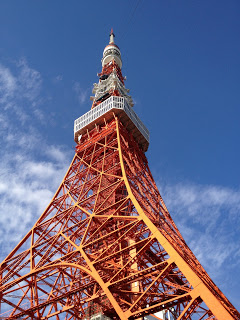福島第一原発事故による影響を見るために東京都内の水族館を訪問している。日本人は魚料理を食べることで有名だが原発事故後も魚料理を食べている。多くの日本人は国の食品検査を信用しているようだ。今回訪問した東京タワー水族館では多種類のピラニアを見ることができる。ピラニアも日本人と同じく生魚を食べており彼らの健康状態を知ることは重要だ。
I continue to visit to Aquariums in Tokyo to see the effects of Fukushima Dai-ichi nuclear power plant accident because we can see many kinds of fish which are fed Japanese sea food and living in Japanese water. I think they are sensitive to radioactive materials from environment, so it is important to see their health for our food safety.
Posted by Yoshitaka Kiriake from Japan on October 15, 2012.
Piranha
We can see many kinds of Piranha at Tokyo Tower Aquariums. Piranha eats raw fish as same as Japanese do.
Tokyo Tower is a symbol of Tokyo which is 333 meters tall.
Tokyo Tower Information
View from the Tower
Japanese traditional fish dinner
Nizakana (Boiled fish)
Sashimi
Yakizakana (Roast fish)
Sushi
Japanese often eat fish dinner.
It is same for marine animals.
Tokyo Tower Aquarium is 1st floor of the Tower
Electric eel
Various kind of Piranha
They eat raw fish too.
Tokyo Tower is more beautiful at night!
Radioactive materials and fish(PDF:287KB)
Japan is famous for fish dinner. Japanese people still eat fish in spite of Fukushima Dai-ichi nuclear power plant accident. It seems that Japanese people trust their government who says it is safe to eat fish because Japan set a new standard limit for fishery products and contaminated fish are inhibited to sell by food safety low. And it is said that the radioactive materials released into the sea are carried by the ocean currents, while being diluted with enormous amount of seawater, and eventually settle on the sea bottom.
See also
Questions and Answers about Fishery products by Ministry of Agriculture, Forestry and Fisheries
Public Health Network in Japan




































0 件のコメント:
コメントを投稿